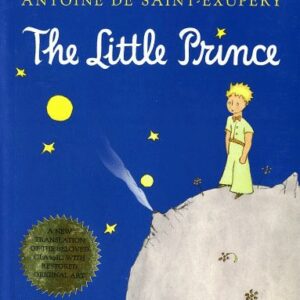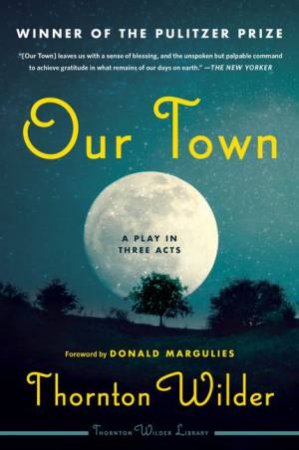Anthropology, Film Industries, Modularity
$99.95
| Title | Range | Discount |
|---|---|---|
| Trade Discount | 5 + | 25% |
- Description
- Additional information
Description
From Bangladesh and Hong Kong to Iran and South Africa, film industries around the world are rapidly growing at a time when new digital technologies are fundamentally changing how films are made and viewed. Larger film industries like Bollywood and Nollywood aim to attain Hollywood's audience and profitability, while smaller, less commercial, and often state-funded enterprises support various cultural and political projects. The contributors to Anthropology, Film Industries, Modularity take an ethnographic and comparative approach to capturing the diversity and growth of global film industries. They outline how modularity—the specialized filmmaking tasks that collectively produce a film—operates as a key feature in every film industry, independent of local context. Whether they are examining the process of dubbing Hollywood films into Hindi, virtual reality filmmaking in South Africa, or on-location shooting in Yemen, the contributors' anthropological methodology brings into relief the universal practices and the local contingencies and deeper cultural realities of film production.
Contributors. Steven C. Caton, Jessica Dickson, Kevin Dwyer, Tejaswini Ganti, Lotte Hoek, Amrita Ibrahim, Sylvia J. Martin, Ramyar D. Rossoukh The contributors to Anthropology, Film Industries, Modularity take an anthropological and comparative approach to capturing the diversity and growth of global film industries, bringing into relief common film production practices as well as the local contingencies and deeper cultural realities at work in every film industry. Ramyar D. Rossoukh is Lecturer in the Princeton Writing Program at Princeton University.
Steven C. Caton is Khalid bin Abdullah bin Abdulrahman Al Saud Professor of Contemporary Arab Studies at Harvard University. Acknowledgments vii
Introduction / Ramyar D. Rossoukh and Steven C. Caton 1
1. “English is So Precise and Hindi Can be So Heavy!”: Language Ideologies and Audience Imaginaries in a Dubbing Studio in Mumbai / Tejaswani Ganti 41
2. The Digital Devine: Postproduction of Majid Majidi's The Willow Tree (2005) / Ramyar D. Rossoukh 63
3. Journalists as Cultural Vectors: Film as the Building Blocks of News Narratives in India / Amrita Ibrahim 89
4. “This is Not a Film”: Industrial Expectations and Film Criticism as Censorship at the Bangladesh Film Censor Board / Lotte Hoek 109
5. “This Most Reluctant of Romantic Cities”: Dis-location Film Shooting in the Old City of Sana’a / Steven C. Caton 129
6. Stealing Shots: The Ethics and Edgework of Industrial Filmmaking / Sylvia J. Martin 163
7. Making Virtual Reality Film: An Untimely View of Film Futures from (South) Africa / Jessica Dickson 181
8. The Moroccan Film Industry: Á Contre-Jour: The Unpredictable Odyssey of a Small National Cinema / Kevin Dwyer 213
References 243
Contributors 267
Index 269
Additional information
| Weight | 1 oz |
|---|---|
| Dimensions | 1 × 6 × 9 in |









